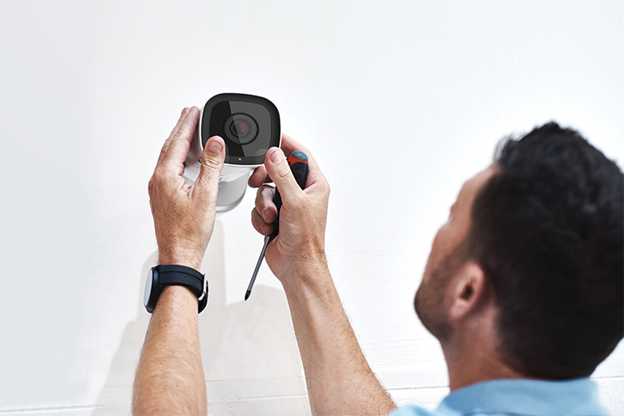
installing security cameras
A robust home security system is a great way to watch your home. While professionals can install security systems, several DO-IT-YOURSELF (DIY) security systems are available in the market. These are easier to install and are cheaper than you think. You can take personal and home protection into your hands through DIY home security methods such as installing security cameras without any technical expertise.
Critical Components Of DIY Security System
You can buy security packages from any company because they mainly vary in cost and components. You can also purchase DIY home security components by pieces and custom them according to personal preferences. A basic DIY security system comprises the following elements:
Panel
The main panel and the keypad are the hubs of your DIY home security system. You use the keypad to either activate or deactivate the security system. Advanced panels perform specific functions like program alarm settings.
Sensors
Sensors are standard in every security system toolkit. When anyone opens the door or window, sensors react to such actions. The total number of sensors you should purchase mainly depends on the infrastructure of the home.
Detectors
Motion detectors are placed in the corners of the home and detect any movement in the room. At the same time, advanced motion detectors that are usually paired with security cameras can record the video in case of any activity. You can also install smoke and carbon dioxide detectors to alarm you in case of fire or leakage.
Basic Steps To Install A Home Security System
- Planning
Setting up an accurate home security system requires meticulous planning. First, you must understand the behavior of the burglar. They will probably enter through a door or by breaking a window, in fact in daylight. Thus, before buying an alarm, reinforce all door locks.
Just installing security cameras or other devices is not enough, you need to be decisive so that their usability or coverage is accurate. The primary goal of the home security system is to detect burglars before they enter the house. It is crucial to think about where to place hubs, sensors, and the installation of security cameras beforehand. Also, check the internet requirements before you buy any security device. This is because the internet is required for the connectivity of security devices with the phone. Besides, plan for battery backup.
- Set up the wireless or wired household security board
While some hubs may require a wired connection, others may be operated through Wi-Fi. In every situation, you should install the panel near the router for optimal connectivity. In addition, set it up at a location near the house’s entry door and close to a power source.
It would help if you have specific tools like a hammer to fix the nail in the wall to install the panel. Otherwise, you can use removable double-sided tape to avoid holes in the wall.
- Position sensors and detectors all over the home
Installing security cameras and doorbells is not a challenging job. However, you have to pair them with intelligent devices yourself. It would help if you preferred installing wireless security cameras, as they are easy to install inside and outdoors. Place cameras near a Wi-Fi signal so that they stay within range of the broadcast service.
Most likely, sensors are pre-paired to the hub, and you need to just activate them. Usually, the sensors are equipped with peel and stick support that holds them into a place but is movable if required. It would help if you named the sensors according to areas where you are fixing them. You can put the sensor on the jamb side of the gate. Bring into line the arrows on the sensor and magnet. Then, put on the magnet adjacent to the sensor.
A DIY alarm system usually comes with detailed instructions and online installation videos. If you have purchased a hard-wired alarm, you need to connect it with a cable and drill the hole in the wall to hang it. You can place wireless alarms anywhere in the house.
- Check the home security system
Follow the directions and guidelines from the manual and the home security DIY kit to ensure that the system is working as intended. For example, give a trial by breaching the system. If it sends alerts on the connected devices and makes a noise, then it is properly working.





